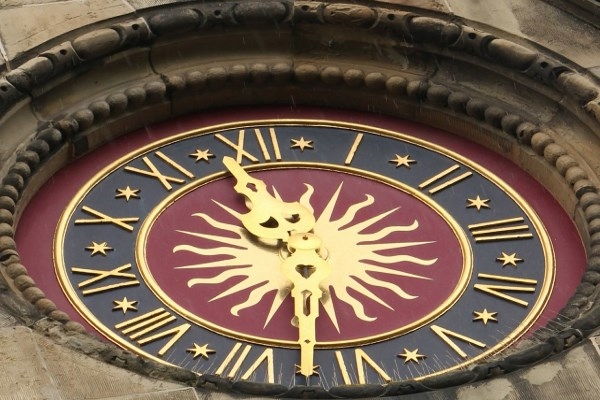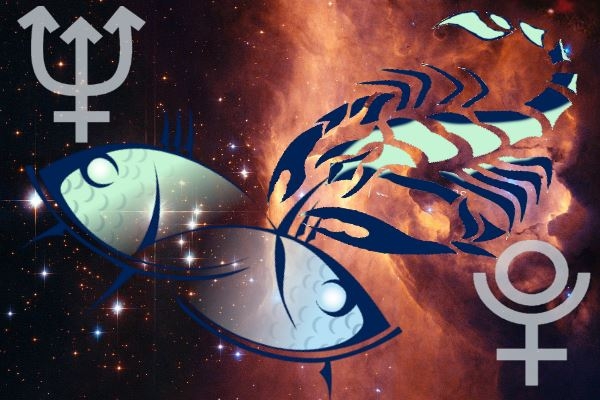
A Strange Coincidence: Lubitz and Holmes
Natal charts are similar to fingerprints in that they are distinctive and personal, but there are chart themes that connect people by life experience across families and across cultures. Lubitz and Holmes share the all too common theme of loneliness in this busy world. The description of Lubitz as a loner with few friends and facing medical issues is eerily similar to the description of Holmes as “stubborn, uncommunicative and socially inept”.











